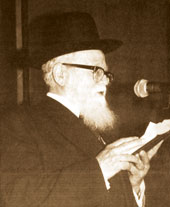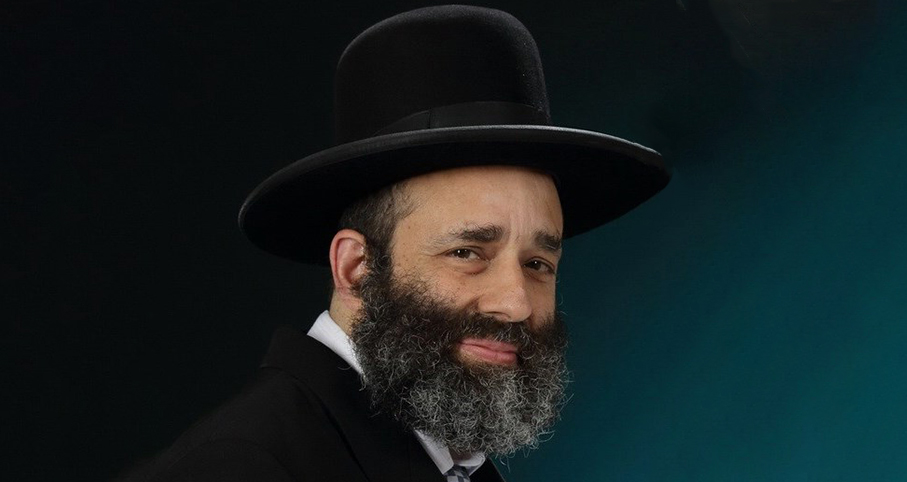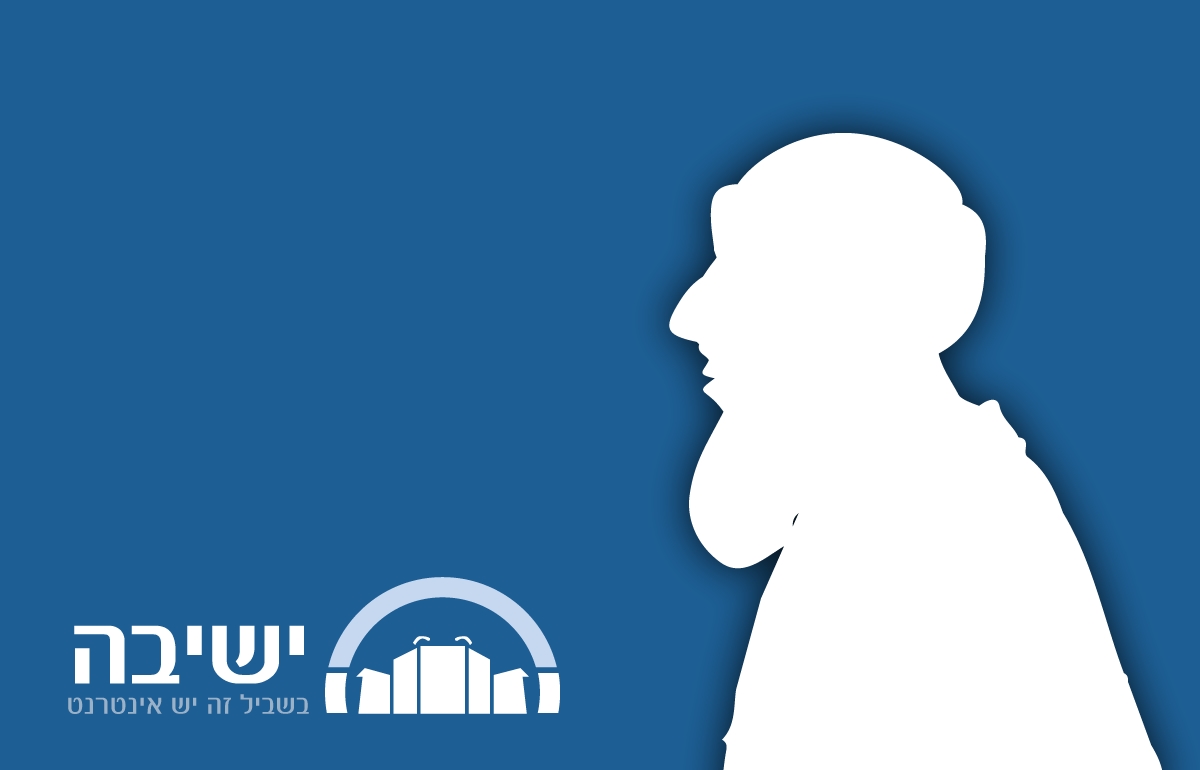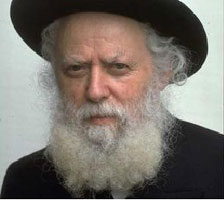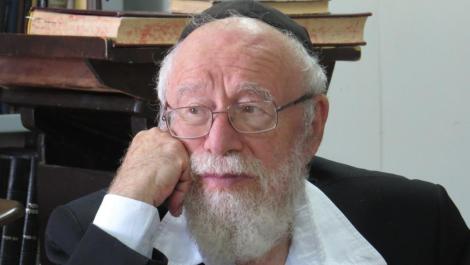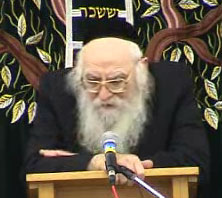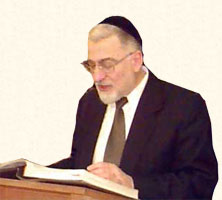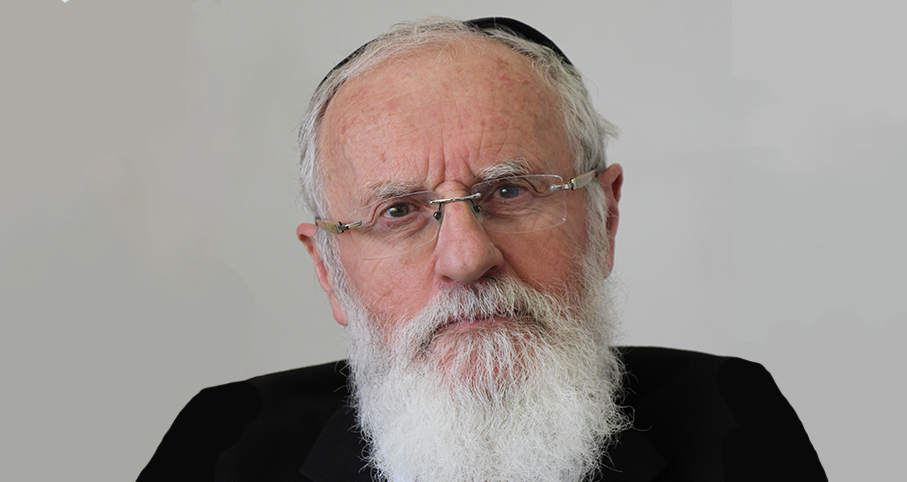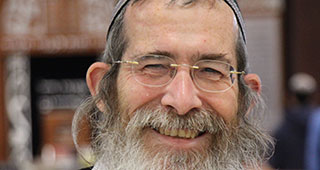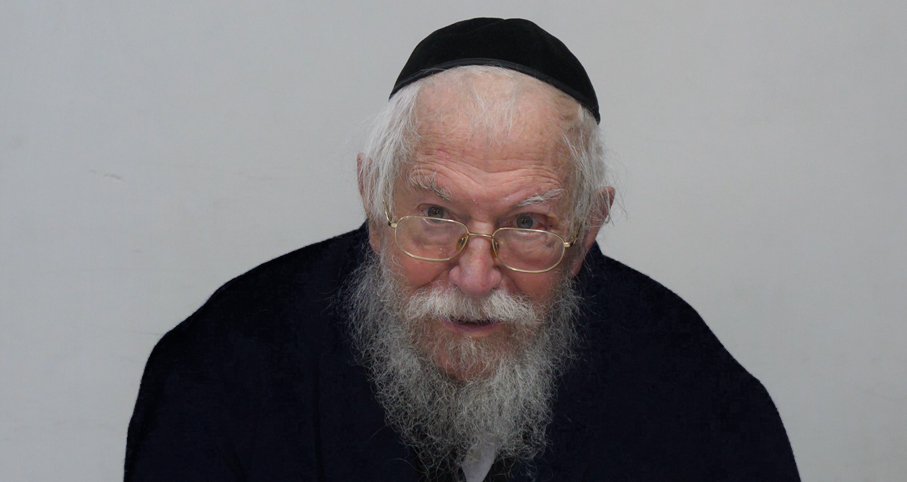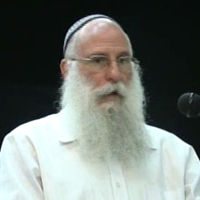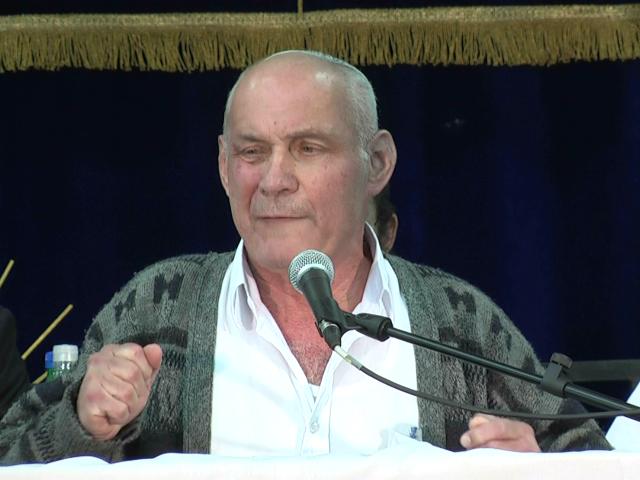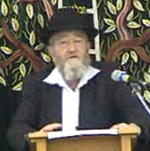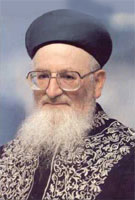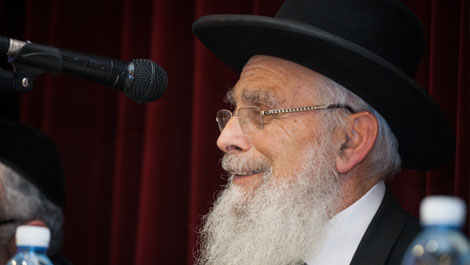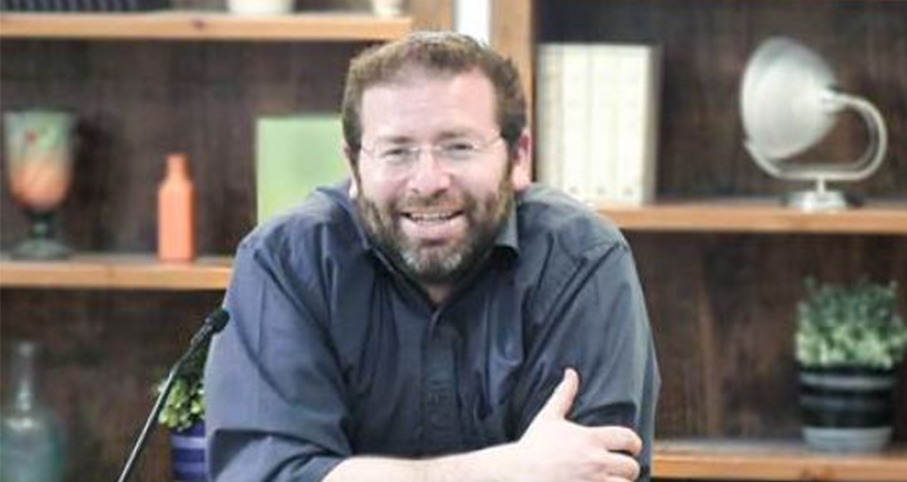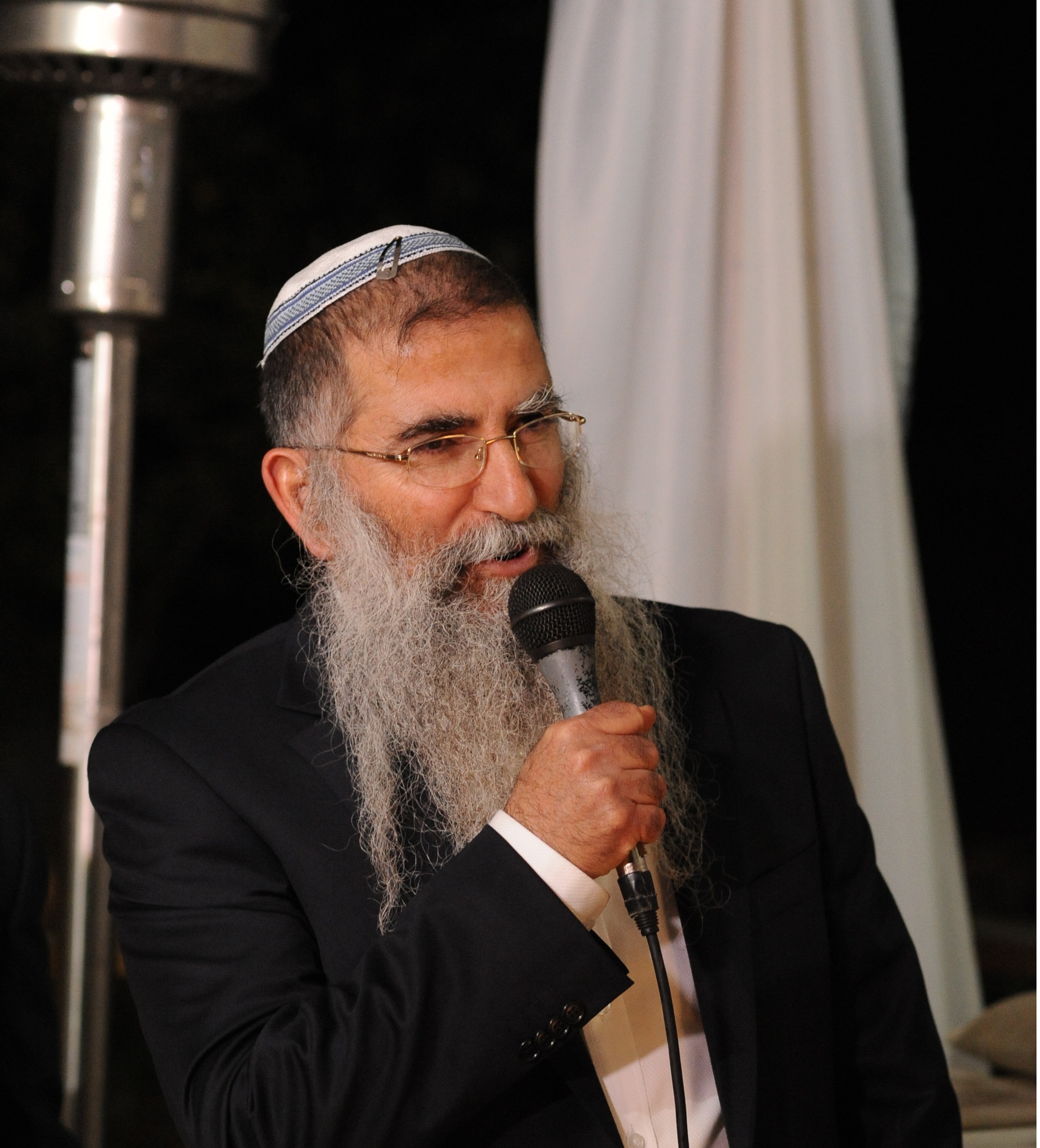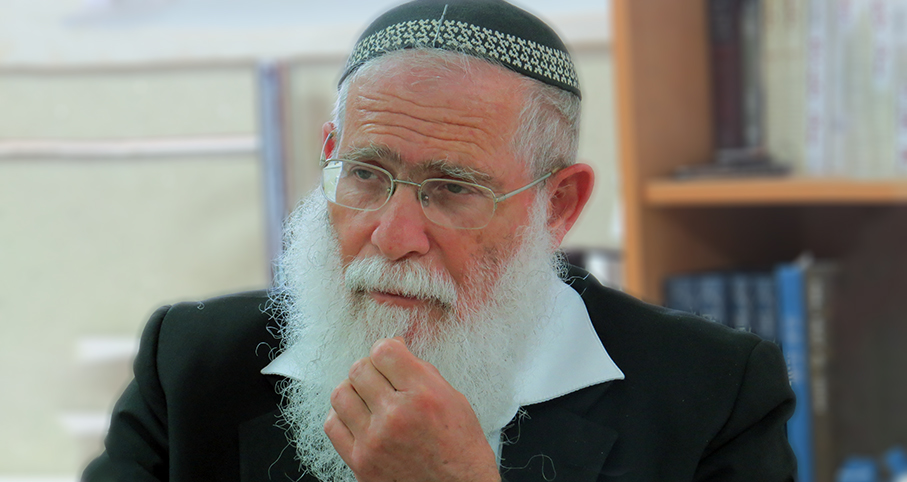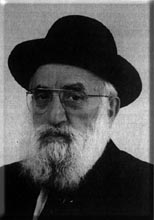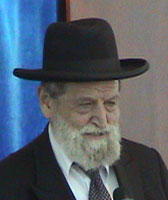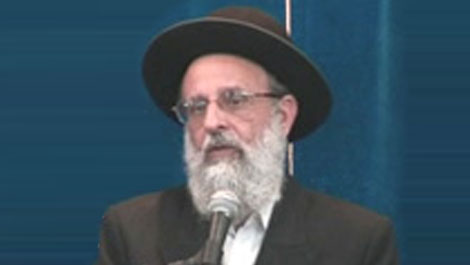Beit Midrash
- Sections
- Chemdat Yamim
- Parashat Hashavua
- Torah Portion and Tanach
- Vayikra
- Shmini
One of the root causes of dispute is the complete confidence of each participant that he is correct, without leaving room for the opinion of the other. Upon honest investigation, we can see that the most convincing explanations of one’s approach can serve as a reason for the other side, under altered circumstances.
We will demonstrate this through the Malbim on the beginning of our parasha. Moshe instructed Aharon as follows, before the inauguration of the Mishkan: "Take a calf son of cattle for a sin-offering" (Vayikra 9:2). This is the only mention in Tanach of "calf son of cattle," and it clearly hints at the sin of the Golden Calf. Bnei Yisrael were also to sacrifice at that time se’ir izim (a young goat) for a sin-offering and an unblemished calf and sheep, each a year old, as a burnt-offering (ibid. 3). While the pasuk’s simple reading is that the calf is for a burnt-offering, the Sifra (Shemini 3) reads the pasuk creatively, as the goat also being a sin-offering, for the "matter of the goat," along with the calf coming to atone for the "matter of the calf."
The matter of the goat is clearly a reference to the coverup for the sale of Yosef, where Yosef’s cloak was dipped into the blood of a slaughtered goat (Bereishit 37:31). The Malbim presented three complicated readings and explanations for the connection between the words and ideas and between the two sins that needed atonement. We will discuss one of his explanations.
When the brothers tried to justify their sale of Yosef, they claimed that they knew prophetically that Yerovam, the king who descended from Yosef, was going to cause the people to sin with statues of calves he erected in his seceding kingdom. They saw this as the result of Yaakov’s preferential treatment of Yosef. To prevent this spiritual disaster, they sought to remove Yosef from among the family and prevent the fulfillment of his dreams. However, hundreds of years later, when Bnei Yisrael sinned anyway with a Golden Calf, Heavenly justice convicted them not just on the present sin but retroactively on the treatment of Yosef, whose "justification" proved to be hollow. It was impossible to inaugurate the Mishkan before Aharon, a descendant of Levi, who initiated the betrayal of Yosef, would bring a calf as a sin-offering and the people would bring a calf and a young goat as a sin-offering. The brothers’ legitimatization became reason for further guilt.
We learn from this two principles: 1) Always consider the long-term ramifications of one’s actions. 2) Taking strong steps and forcing them on others can exacerbate the ramifications.
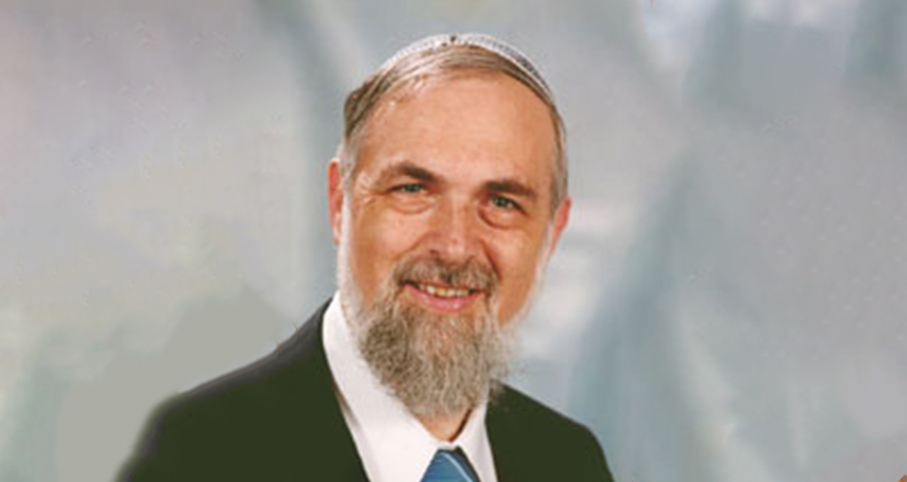
Parashat Hashavua: The Symbolism of Mashiv Haruach U’morid Hageshem
Rabbi Yossef Carmel | Tishrei 5786

The Brave of Strength Who Do His Will
Rabbi Yossef Carmel | 5768

“You Shall Do for Me a Sanctuary... Tabernacle”
Rabbi Yossef Carmel | 28 Shvat 5768
